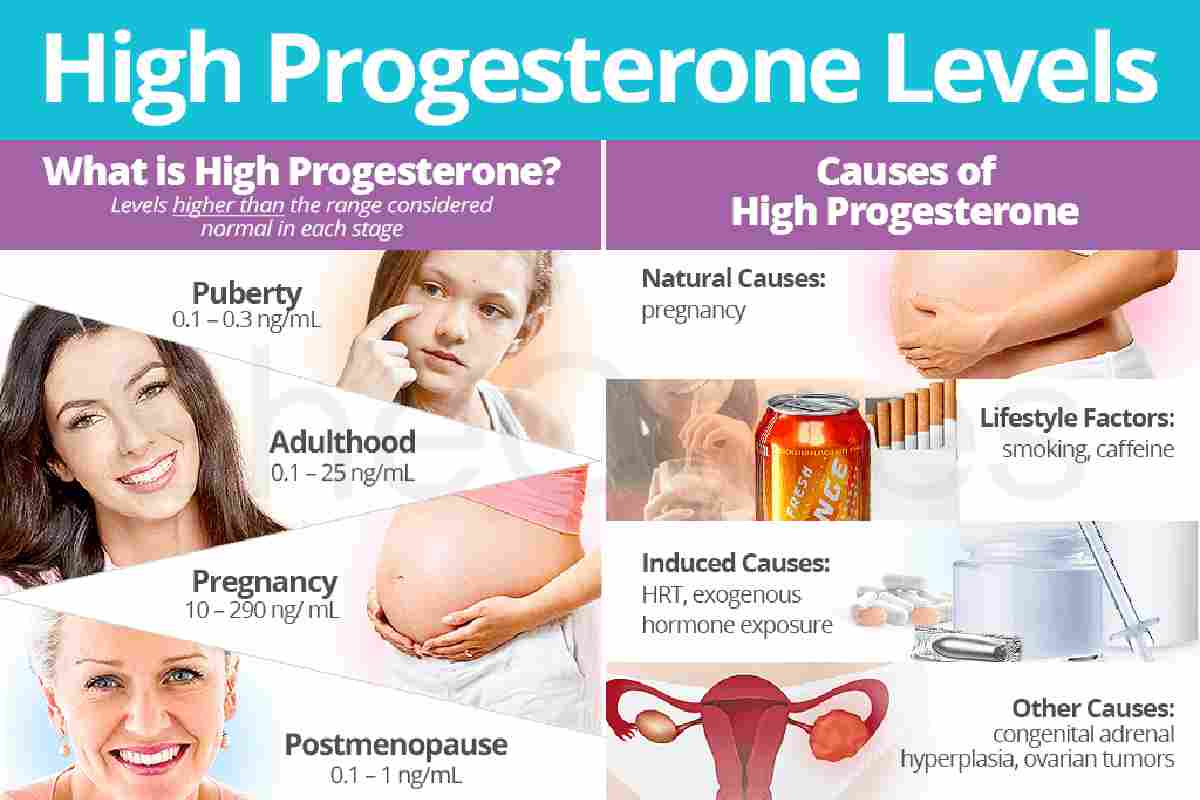Progesterone is a substance from the steroid group synthesized from cholesterol. It realizes its functions in the second half of the cycle and during pregnancy. Therefore, knowing as much as possible about it and understanding when to use particular medications for additional regulation is essential.
The organs responsible for its production:
- The yellow body of the ovary
- Adrenal glands
- Placenta.
So any pathology of any of the organs responsible for production leads to changes in its concentration in the blood. The good news is that progesterone cream can comfortably regulate levels today.
Table of Contents
Effects on the Woman’s Body
Effect on sexual function:
- Provides a secretory transformation of the endometrium: an increase in the number of glands and cells in the mucous membrane. The purpose of these changes is to ensure the reliable fixation of the fetus.
- It is responsible for the growth and development of alveoli in the mammary gland, preparing it for lactation.
- Increases the viscosity of the endocervical secretion. The resulting mucus becomes impenetrable for sperm.
- By a feedback mechanism, it affects the production of Gonadotropin-releasing hormone. This means new ovulation can’t happen until full menstruation or pregnancy occurs. New ovulation can’t happen.
- It allows you to reduce the body’s sensitivity to oxytocin, decreasing the muscle tone of the uterus.
Effects on the skin, metabolism, and other organs:
- Promotes the accumulation of fat in the body.
- Stimulates appetite.
- Has a relaxing effect on the muscles, not only of the uterus but also of the digestive tract (especially the intestines). Therefore, a woman often feels constipation and increased gas during pregnancy.
- Increases insulin’s basal secretion and glucose accumulation in the liver.
- Has an antidiuretic effect.
- Raises body temperature by 0.6 to 1.0 C. It is on this property that the measurement of the basal temperature for assessing the menstrual cycle is based.
- Increases the work of the sebaceous glands of the skin. During the luteal phase, girls usually note the appearance of pimples on the forehead, nose, and chin.
- During gestation, it directs the work of the immune system in an alternative way. Due to this effect, the immune cells of a woman do not perceive the fetus as foreign and do not try to attack it.
It also affects the nervous system:
- Stimulates blood flow to the brain.
- When it is deficient during the luteal phase, women have a lower mood, tearfulness, and aggressiveness appear. This can explain some of the symptoms of PMS.
Levels are expected in women
The concentration changes depending on the phase of the cycle. Therefore, assessment is usually performed on days 21-24 of the normal menstrual cycle. A prerequisite is the presence of the second phase. In case of failures, the doctor determines the optimal time for the analysis.
Causes of decline
Progesterone levels are usually reduced in the following cases:
- pregnancy – a tendency to spontaneous termination.
- Delayed intrauterine development of the fetus.
- Placental and ovarian dysfunction.
- The incomplete luteal phase, impaired ovulation, and follicle formation.
- Hyperprolactinemia.
- Prematurity of pregnancy.
- Pre-, peri- and actual menopause.
- Taking medications: ampicillin, oral contraceptives, carbamazepine, phenytoin, danazol, estriol, and goserelin.
Symptoms of deficiency
Clinical symptoms of impaired production may include:
- Oligomenorrhea – infrequent, sparse menstrual periods.
- Infertility.
- Increased tone from early pregnancy.
Medications
In obstetric and gynecological practice, particular drugs are widely used for various diseases.
The main indications for their prescription are:
- The threat of pregnancy termination.
- Provocation of menstruation (with an irregular cycle, the absence of menstruation for more than 2 months, and the endometrium size according to ultrasound is not less than 8 mm).
- Therapy of endometrial hyperplasia (including the prevention of its recurrence).
- Luteal phase incompleteness.
- Mastopathy (cystic fibrosis), benign breast pathology.
Preparations at the moment produced a lot. Conventionally, they can be divided into natural and synthetic. The main difference between them is that natural progesterone in their structure is identical to the hormone produced by the body.
Synthetic analogs differ to some extent in their effect on the body, having an additional impact on androgen and estrogen receptors.
Most often, they are used to regulate the cycle, to prevent endometrial hyperplasia and abnormal uterine bleeding, and to treat endometriosis. Thus, the effect on the body is quite significant. But despite this, the main goal of this hormone was and still is the successful onset and development of pregnancy.

